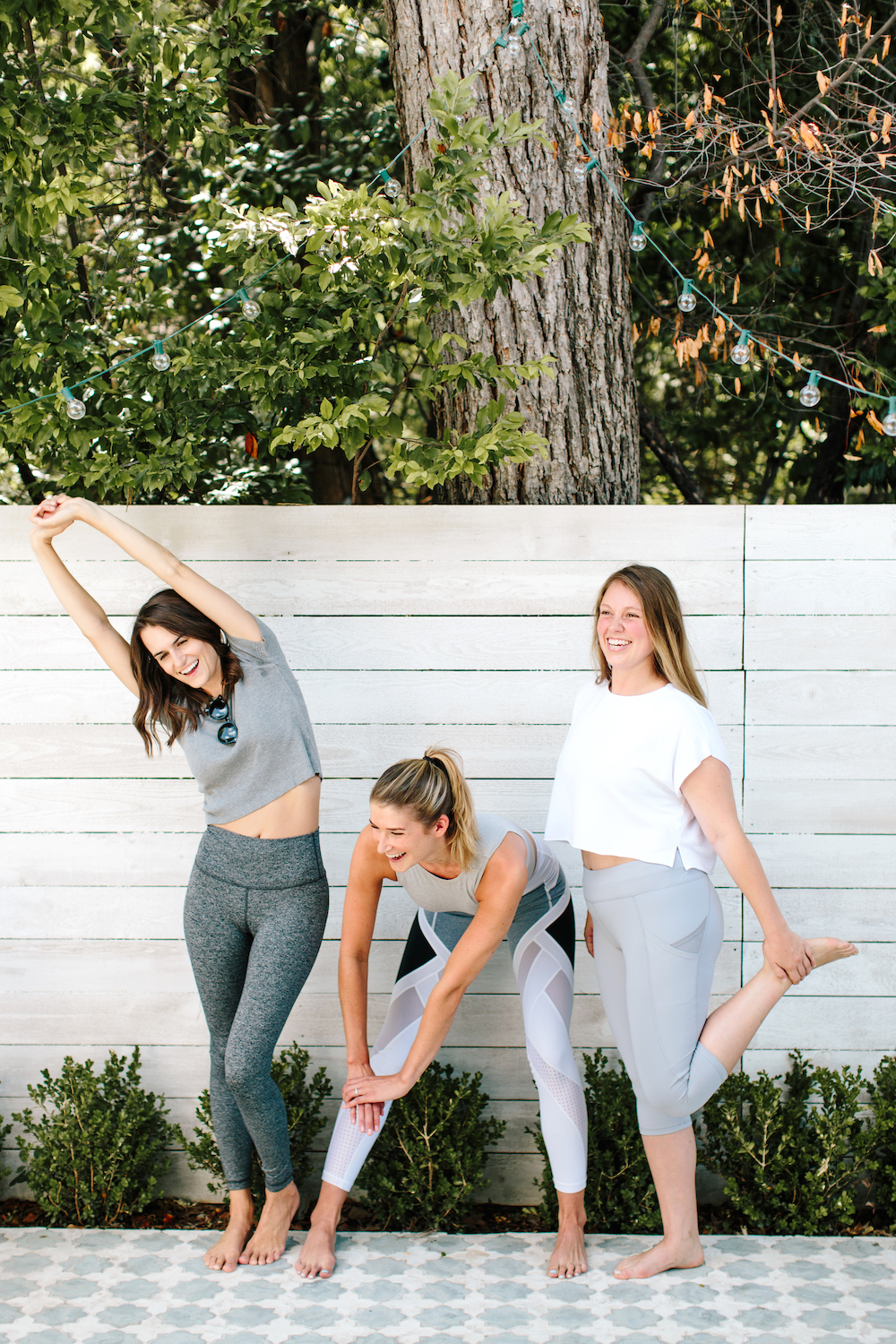The acronym for seasonal depression isn’t without a dose of dark humor — SAD (or Seasonal Affective Disorder) is a fairly apt description of how we can feel during the long winter months of the year.
Shorter days with decreased sunlight and colder temperatures are well known causes of SAD, but I personally believe the recipe for seasonal depression includes much more than that. Allergies, cold and flu bugs, and the increased emotional stress of the holidays surely play their part as well. If you find yourself feeling blue for an extended period of time this fall or winter, you might be dealing with seasonal depression. (Note: While some people suffer from seasonal depression in the warmer months, the vast majority of people affected by SAD experience symptoms during the fall and winter.) The good news is that there are many treatment options proven to be successful for treating wintertime SAD, and plenty of old fashioned natural remedies as well. Scroll down for 6 ways to deal with seasonal depression and get back into the swing of things this fall.
featured photo by anna salvador

photo by ewelina kanty
Adjust your sleeping patterns.
Oversleeping is a common symptom of SAD, and while hibernation may be a tempting tactic, it’s not helping you through the holidays. Try adjusting your sleeping patterns to allow for maximum daylight — that means getting up earlier and going to bed earlier. And make sure you’re getting 7-9 hours of sleep per day, no more and no less.

photo by ashleigh amoroso
Don’t binge on carbs.
We tend to comfort ourselves with carb heavy meals during the colder months, but too many carbohydrates can leave you feeling heavy and lethargic. Unchecked, it can become a vicious cycle of feeling blah. Instead, try enjoying a savory soup or cup of green tea. In Japan, people drink a cup of miso soup for breakfast. I’ve tried it, and loved it. You can still enjoy the occasional mac and cheese dinner this winter, just make sure you’re incorporating plenty of fluids and vegetables in your diet on the daily as well.

photo by athleta
Keep working out.
If you’re like me, working out is ALL about being outdoors. So it can be really easy to fall off the workout wagon during winter. But weeks on end of no cardio can make anyone feel sluggish and low energy. It’s really important to keep moving during the cold months, whether than means hitting the gym or planning a ski trip with your friends. One year my friends and I planned a ski trip to Taos in February, and preparing for that trip gave me the motivation I needed to stay active during December and January. I did kettle bells, spin classes, even old fashioned workout DVDs in my living room. When it was finally time to hit the slopes, I was pumped. AND I didn’t wake up sore the next day.

photo by laurids gallée for slate
Explore light box therapy.
Light box therapy is proven to have high success rates with treating SAD. It’s a super low risk treatment option (very safe with few side effects) that involves sitting next to a bright artificial light for 20 to 30 minutes per day. You can pick one up on Amazon for about $50. (OR for you designer lovers, check out these gorgeous light box designs from Éléonore Delisse.) It’s a good idea to talk to your doctor before trying light box therapy, since it sometimes works best when it’s combined with antidepressants or counseling. The key to successful light box therapy is consistency and timing, and your doctor can help you decide what time of day is best for you.
photo by jess attie
Try activities that promote a mind-body connection.
Yoga, meditation, and even music therapy have all been linked to easing the symptoms of SAD. I’ve found that a disconnect can happen during the winter between ours minds and our bodies. We’re in survival mode — sleeping, eating, bundling up, commuting, repeating — and our bodies are often left in a state of neglect. Personally I think even little pampering rituals, like shaving your legs and getting a pedicure, can make a big difference. Even if it’s just for yourself, and no one will ever know but you, make the effort to do it and see how you feel.

photo by emerson fry
Talk to a doctor or counselor.
If you’ve been feeling down for weeks at a time, take the opportunity to check in with your health provider. If allergies or a sinus infection are the root cause of your blahs, there may be treatment options that will have you feeling better fast. And if you’re suffering from seasonal affective disorder, your doctor can help you devise a plan for treatment that’s right for you. It might include low dose antidepressants, light box therapy, counseling, or a combination of the above. And if all else fails remember this: emotions are a lot like weather. They always pass.





